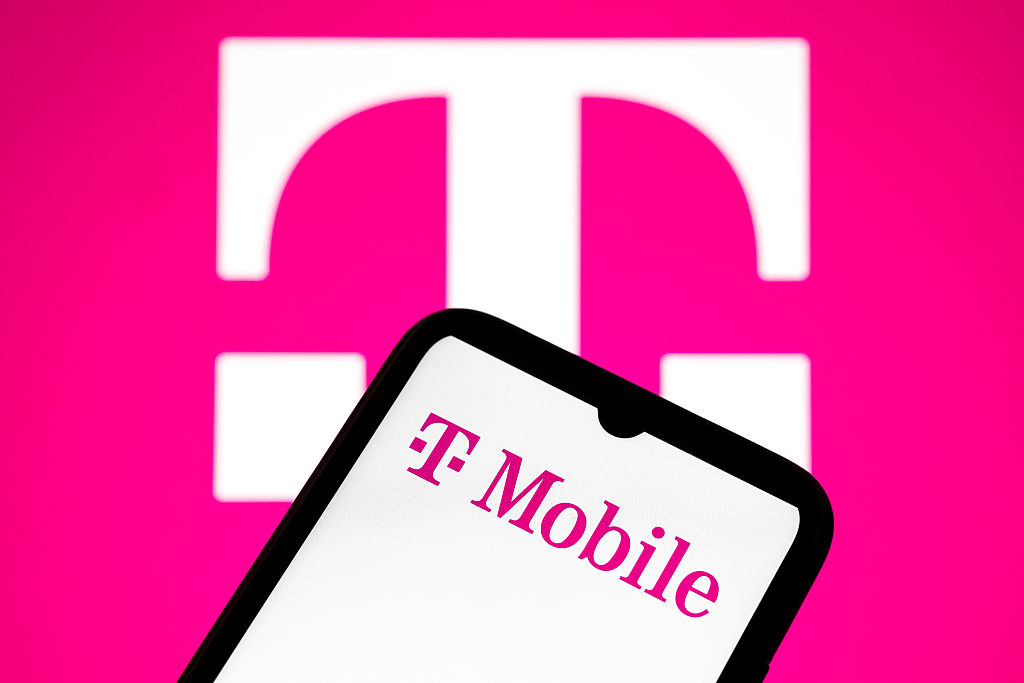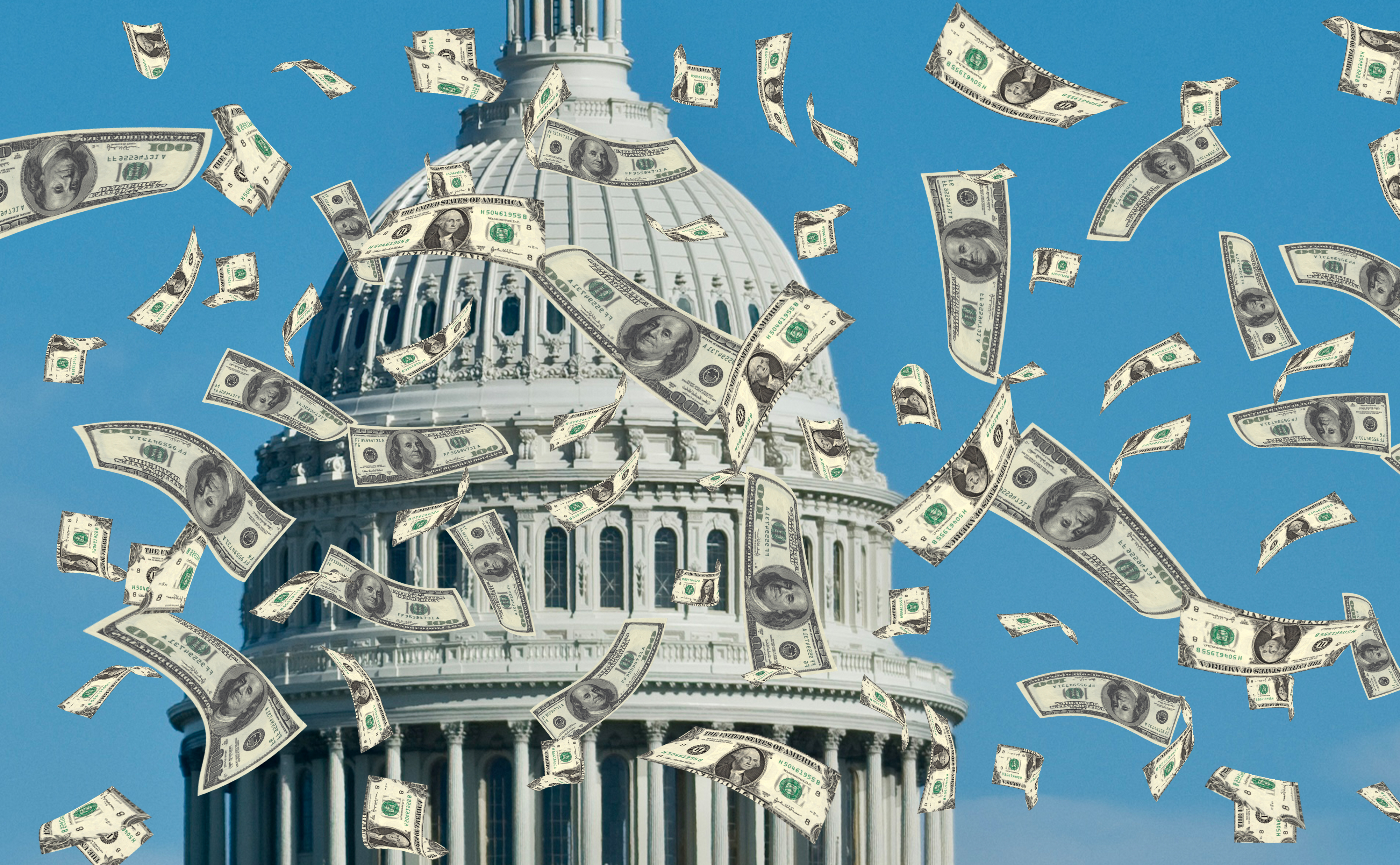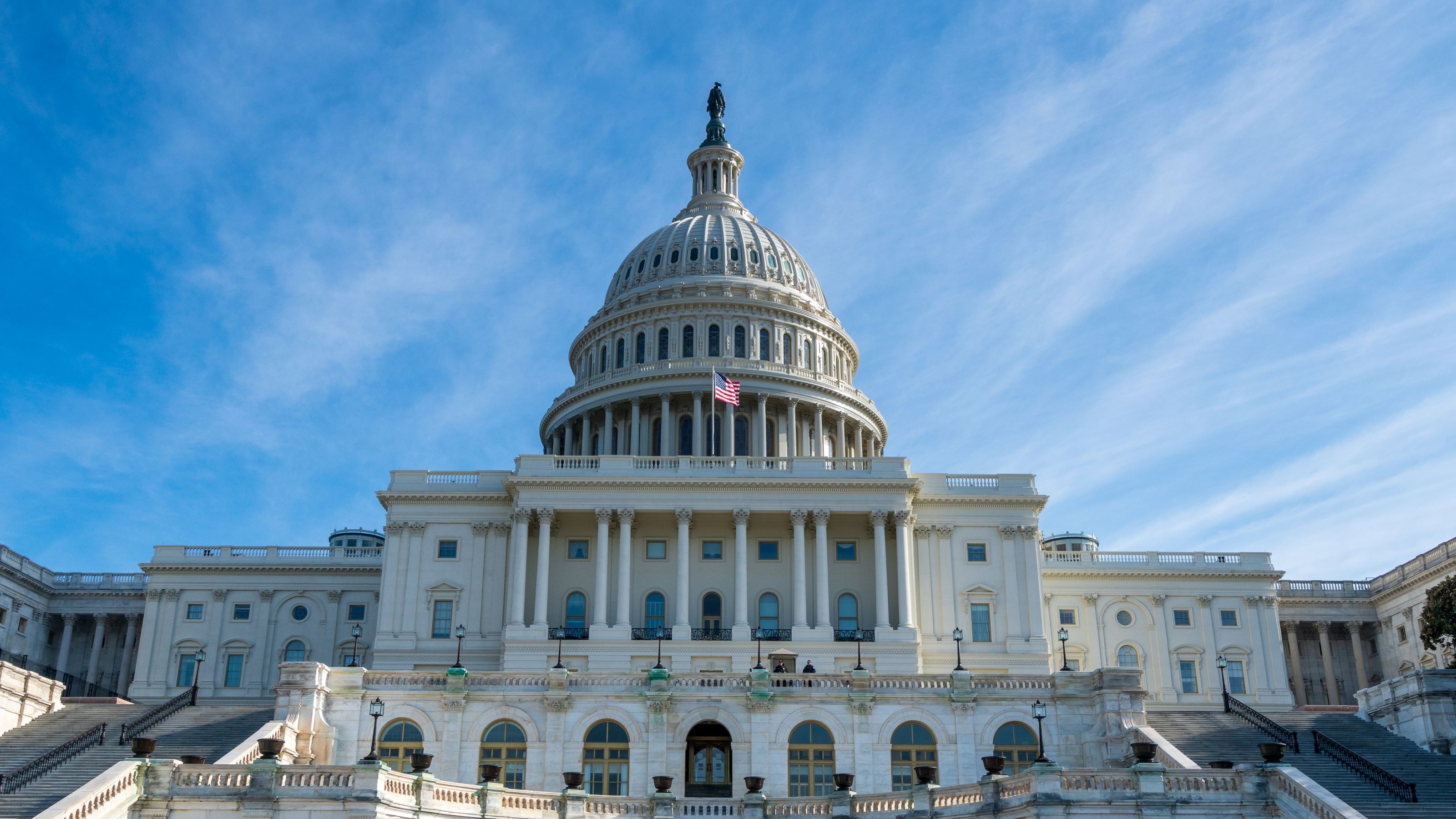Time Is Running Out on Energy-Efficient Home Improvement Tax Credits
Congress extended the deadline to December 31, 2013, for many energy-efficient improvements.

Can I still get a tax credit for home improvements?
Yes, but most of them are about to expire (again). Last year, Congress extended the tax credit for many energy-efficient home improvements through 2013. You can receive up to $500 in total tax credits for eligible home improvements you’ve made since 2006. If you haven’t already claimed a credit of $500 or more for eligible home improvements, then you may be able to take the break before the end of the year. The improvements must be to your principal residence.
The size of the credit depends on the type of improvement. The tax break applies to 10% of the purchase price (not installation costs) of certain insulation materials, energy-efficient windows ($200 limit for windows), external doors and skylights, metal roofs with pigmented coating, and asphalt roofs with cooling granules that meet certain Energy Star requirements.
From just $107.88 $24.99 for Kiplinger Personal Finance
Become a smarter, better informed investor. Subscribe from just $107.88 $24.99, plus get up to 4 Special Issues

Sign up for Kiplinger’s Free Newsletters
Profit and prosper with the best of expert advice on investing, taxes, retirement, personal finance and more - straight to your e-mail.
Profit and prosper with the best of expert advice - straight to your e-mail.
You can count both materials and labor costs for certain central air conditioners, biomass stoves, electric heat pumps and electric heat pump water heaters that meet specific energy-efficient guidelines -- up to a maximum of $300 each. You can count up to $150 for an eligible natural gas, propane or oil furnace or hot water boiler.
The items must meet specific energy-efficient requirements to qualify. See the U.S. Environmental Protection Agency’s tax breaks site, the Alliance to Save Energy tax credit page and the Tax Incentives Assistance Project for more information. Keep your receipts and the manufacturer’s certification of eligibility for your records.
Some alternative-energy improvements qualify for larger tax credits with a later deadline. You can take a credit worth 30% of the cost of buying and installing certain alternative-energy equipment, such as geothermal heat pumps, solar water heaters, solar panels, fuel cells and small wind-energy systems. You must make these improvements by December 31, 2016, and they aren’t subject to the $500 limit. See the Energy Star tax credit Web site for details on these credits. You can claim these credits by filing IRS Form 5695, “Residential Energy Credits,” which also includes more details about these credits.
If you don’t qualify for the federal incentives, see if you can get any state tax breaks for energy-efficient home improvements. For links to information about the programs in each state, see the American Council for an Energy-Efficient Economy site. For a list of several state and utility programs, see the Tax Incentives Assistance Project.
Profit and prosper with the best of Kiplinger's advice on investing, taxes, retirement, personal finance and much more. Delivered daily. Enter your email in the box and click Sign Me Up.

As the "Ask Kim" columnist for Kiplinger's Personal Finance, Lankford receives hundreds of personal finance questions from readers every month. She is the author of Rescue Your Financial Life (McGraw-Hill, 2003), The Insurance Maze: How You Can Save Money on Insurance -- and Still Get the Coverage You Need (Kaplan, 2006), Kiplinger's Ask Kim for Money Smart Solutions (Kaplan, 2007) and The Kiplinger/BBB Personal Finance Guide for Military Families. She is frequently featured as a financial expert on television and radio, including NBC's Today Show, CNN, CNBC and National Public Radio.
-
 The Retirement Donor's Checklist: Key Deadlines by Gift Type
The Retirement Donor's Checklist: Key Deadlines by Gift TypeRetirees have some charitable contribution options that can help avoid spikes in income from RMDS and capital gains.
-
 Cooler Inflation Supports a Relief Rally: Stock Market Today
Cooler Inflation Supports a Relief Rally: Stock Market TodayInvestors, traders and speculators welcome much-better-than-hoped-for core CPI data on top of optimism-renewing AI earnings.
-
 Are T-Mobile's Prepaid Perks a Home Run or a Strikeout?
Are T-Mobile's Prepaid Perks a Home Run or a Strikeout?T-Mobile's prepaid lineup promises MLB.TV, T-Mobile Tuesdays and hotspot data. But do the perks make it worth switching?
-
 Retirees in These 7 States Could Pay Less Property Taxes Next Year
Retirees in These 7 States Could Pay Less Property Taxes Next YearState Taxes Retirement property tax bills could be up to 65% cheaper for some older adults in 2026. Do you qualify?
-
 Estate Tax Quiz: Can You Pass the Test on the 40% Federal Rate?
Estate Tax Quiz: Can You Pass the Test on the 40% Federal Rate?Quiz How well do you know the new 2026 IRS rules for wealth transfer and the specific tax brackets that affect your heirs? Let's find out!
-
 5 Types of Gifts the IRS Won’t Tax: Even If They’re Big
5 Types of Gifts the IRS Won’t Tax: Even If They’re BigGift Tax Several categories of gifts don’t count toward annual gift tax limits. Here's what you need to know.
-
 The 'Scrooge' Strategy: How to Turn Your Old Junk Into a Tax Deduction
The 'Scrooge' Strategy: How to Turn Your Old Junk Into a Tax DeductionTax Deductions We break down the IRS rules for non-cash charitable contributions. Plus, here's a handy checklist before you donate to charity this year.
-
 Tax Refund Alert: House GOP Predicts 'Average' $1,000 Payouts in 2026
Tax Refund Alert: House GOP Predicts 'Average' $1,000 Payouts in 2026Tax Refunds Here's how the IRS tax refund outlook for 2026 is changing and what steps you can take now to prepare.
-
 New IRS Changes to FSA Contribution Limits for 2026: What to Know
New IRS Changes to FSA Contribution Limits for 2026: What to KnowHealth Care Flexible Spending Accounts have tax advantages worth looking into, especially in light of new IRS changes.
-
 Is a New $25,000 Health Care Tax Deduction Coming in 2026?
Is a New $25,000 Health Care Tax Deduction Coming in 2026?Tax Policy A proposal from GOP Sen. Josh Hawley adds to the chatter about health care affordability.
-
 3 Ways High-Income Earners Can Maximize Their Charitable Donations in 2025
3 Ways High-Income Earners Can Maximize Their Charitable Donations in 2025Tax Deductions New charitable giving tax rules will soon lower your deduction for donations to charity — here’s what you should do now.